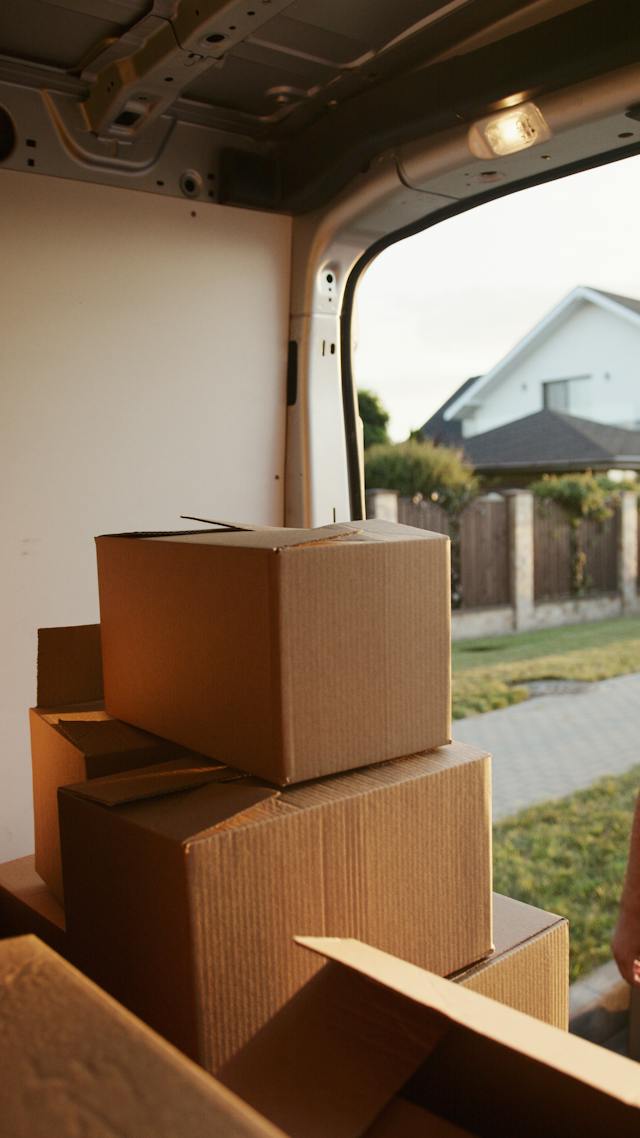When moving your office, protecting your technology is a critical task that demands careful planning and execution. You can’t be too careful when it comes to movers. This guide will provide you with a comprehensive approach to ensure your tech assets are securely and efficiently transitioned to your new office location. Moving the office can be a stressful process for everyone, including you and your employees. Taking these steps beforehand can make the whole process easier, so that you can be ready to work when you get to your new office.
Pre-Move Preparation
Inventory Management
Before anything else, create a detailed inventory of all your tech equipment. This should include computers, monitors, servers, printers, cables, and any other peripherals. Use this inventory to track items throughout the move. This will help to keep track of everything that belongs in your office, and that your business may require to run.
Data Backup
Ensure that all data on computers and servers is backed up. Consider using cloud storage solutions for an additional layer of security. This step is crucial to prevent data loss in case of any hardware damage during the move.
Secure Sensitive Information
Make sure all sensitive data, including client information and business secrets, is securely encrypted or removed from devices before the move. This protects against potential security breaches.
Plan for Downtime
Moving office tech will inevitably lead to some downtime. Plan this period carefully to minimize impact on your business operations. Inform clients and stakeholders about the move and expected downtime.
Packing and Labeling
Use Original Packaging
Whenever possible, pack tech equipment in its original packaging. These boxes are designed to protect the equipment during transport. This will also make it easier for you to organize your items for transporting.
Proper Labeling
Clearly label each box with its contents and destination in the new office. This makes unpacking and reinstallation much easier and organized, especially when working with an external moving company.
Protect Screens and Monitors
Use screen protectors or wrap monitors and screens in bubble wrap to prevent scratches or damage. Make sure to pack them tightly to avoid any shaking or sliding around, which can cause cracking or scratching.
Handling Cables
Disconnect, label, and neatly pack all cables. Zip ties or Velcro straps can be used to keep cables organized.
Choosing the Right Moving Service
Specialized Tech Movers
Consider hiring a moving service that specializes in technology. They will have the expertise and equipment to safely transport your office tech.
Insurance
Ensure that your moving service offers insurance to cover any potential damage to your equipment during the move.
Setting Up at the New Location
Prioritize Critical Setup
Identify and set up critical tech components first. This might include servers, network hardware, and essential computers.
Network and Connectivity
Ensure your internet and network connections are established and tested before moving the bulk of your tech equipment.
Organized Unpacking
Follow your labeling system to efficiently unpack and set up your tech equipment. This reduces setup time and errors.
Post-Move Checks and Balancing
Test All Equipment
Once everything is set up, test each piece of equipment to ensure it is functioning correctly.
Data and Network Security
Re-establish all security protocols and ensure that your network and data are secure in the new location.
Update Inventory
Update your tech inventory to reflect any changes or damages during the move.
Employee Orientation
Educate Your Team: Once the move is complete, orient your team about any changes in tech setups or protocols in the new office.
Feedback Loop: Establish a feedback loop where employees can report any tech issues or suggestions for improvement in the new setup.
Emergency Preparedness
Plan for Contingencies: Always have a contingency plan in case of tech failures. This could include having backup hardware or a tech support team on call.







